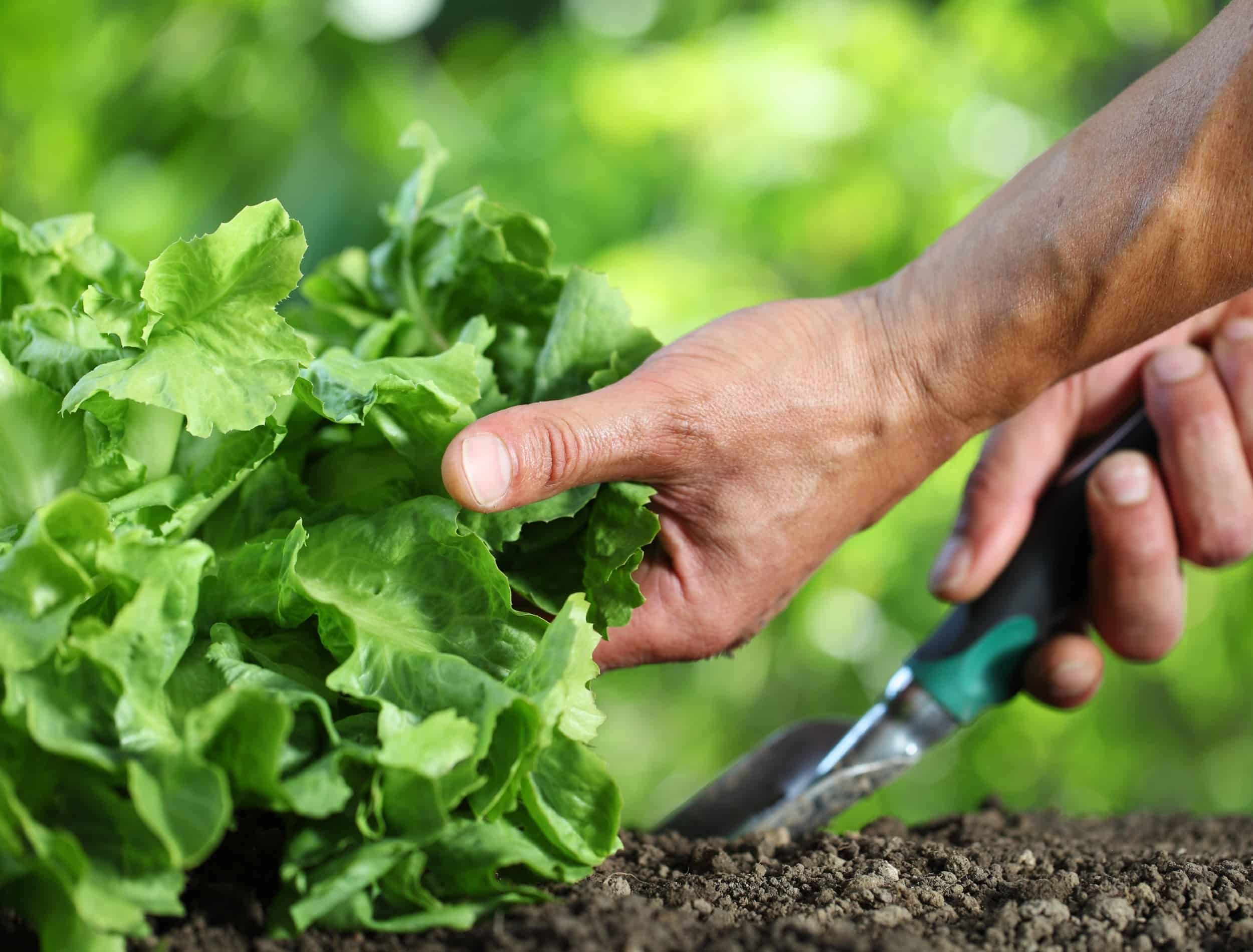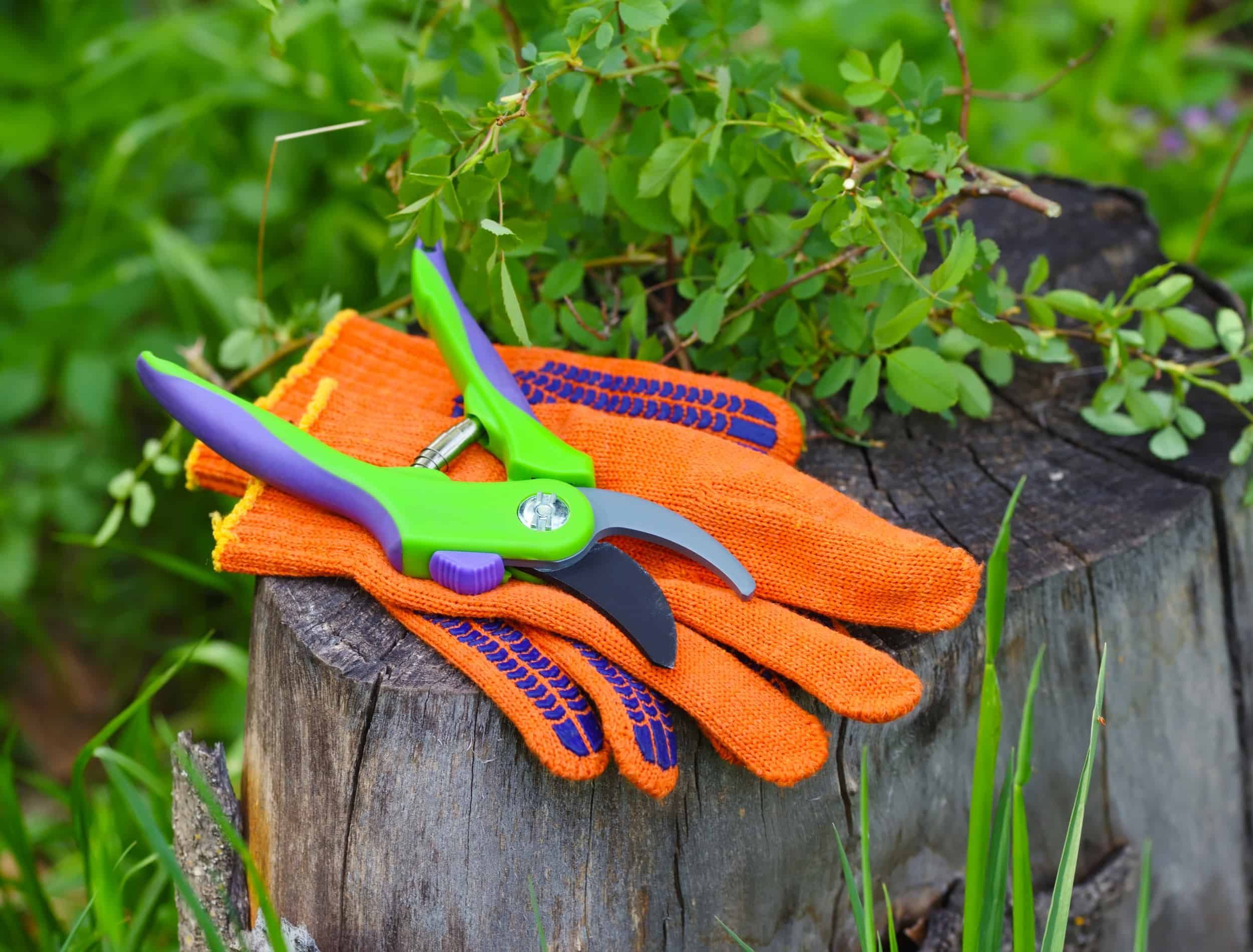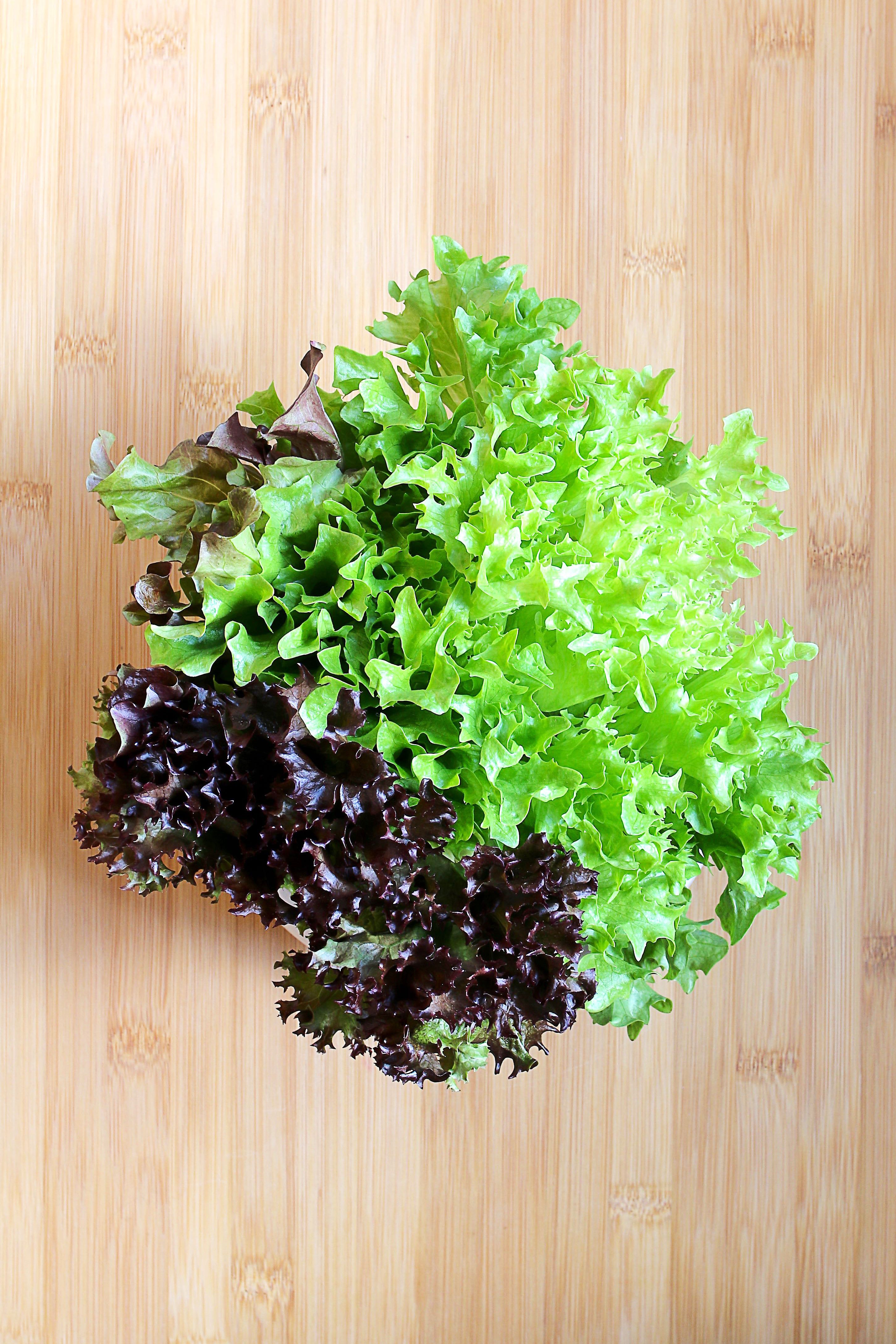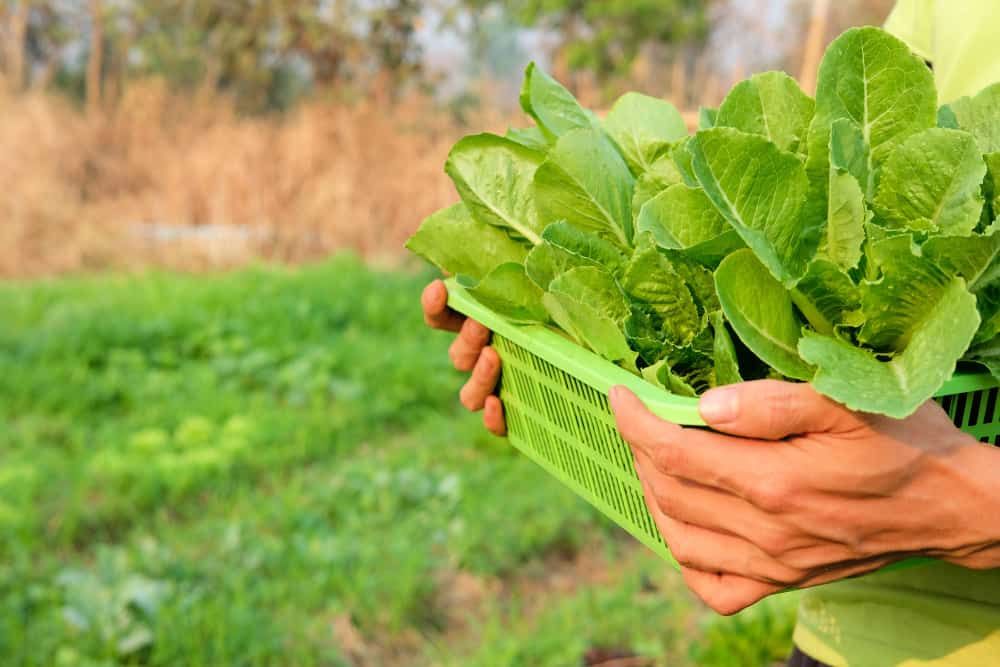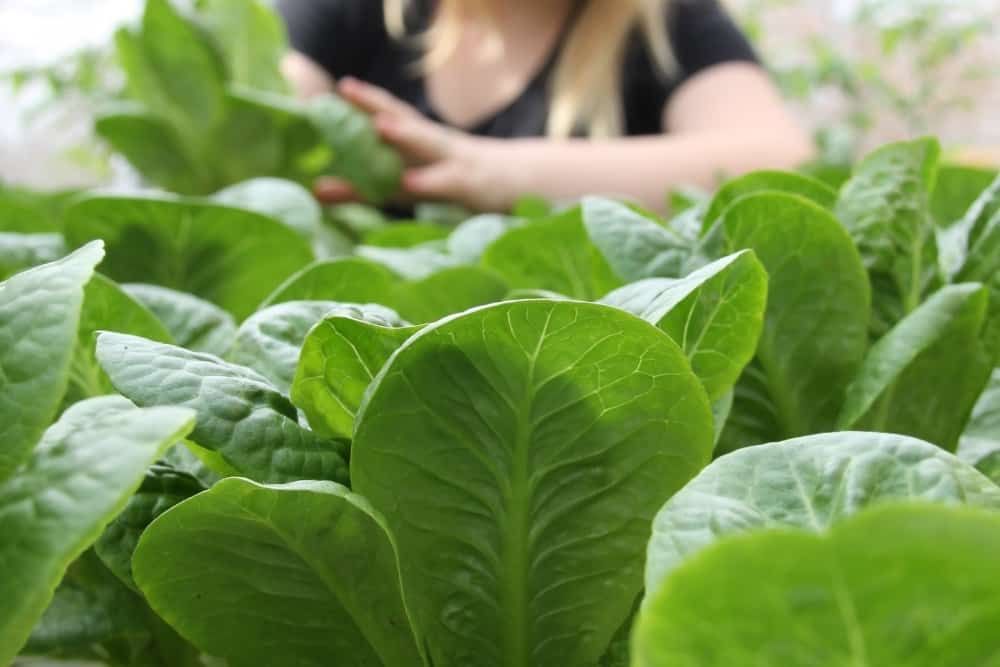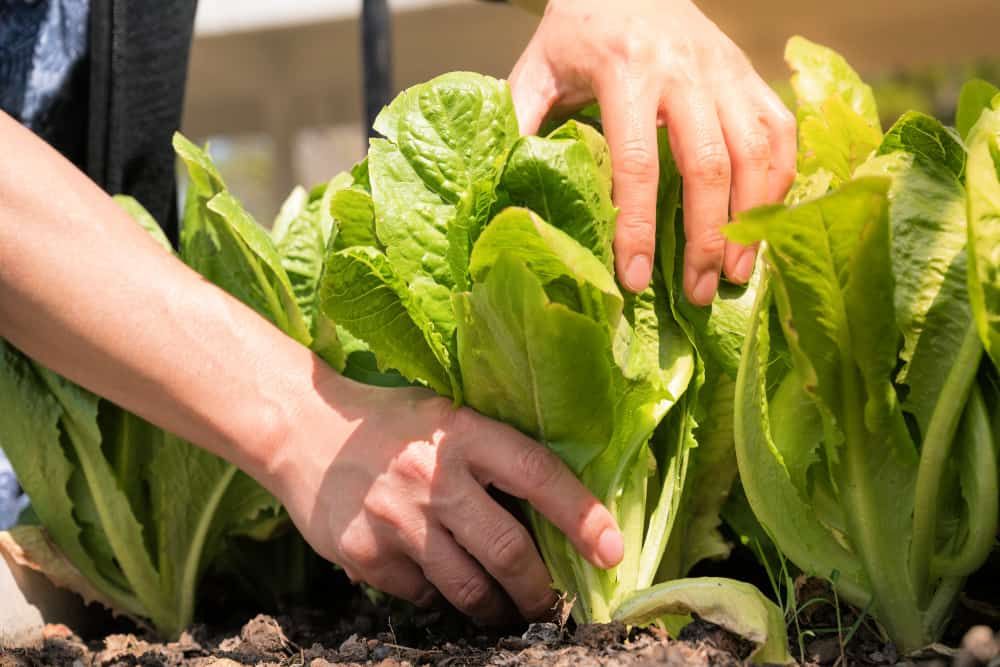Lettuce is the ideal addition to any new gardener's vegetable patch. It's a fast, easy grower, and it's a delicious add-on to almost any meal. Plus, there are loads of varieties to choose from, so you can opt for your favorite and grow it in your backyard.
The best part? Lettuce will continue to grow back for multiple harvests, making it an accessible and affordable option to include in your veggie garden. If you've already grown your own lettuce and are curious about the harvesting process, find all the details down below. You'll discover the tools you need, when to harvest, and how to harvest different varieties.
Tools You'll Need
Image credit: Nataliia Melnychuk via Shutterstock
Before you can enjoy the greens growing in your garden, it's important to have the proper tools on hand. Fortunately, the necessities are items many gardeners will already have in their tool shed. Here's what you'll need:
- Pruning shears
- Harvesting knife
- Collection basket
- Gardening gloves
Different Varieties
Image credits: Sheila Pedraza Burk via Burst
Before you begin planting and harvesting your lettuce, it's important to know the different varieties of lettuce. There are two main types of lettuce you can find:
- Head lettuce, includes options such as iceberg and butterhead. The seeds take around 10 to 21 days to germinate and the veggie should be ready to harvest in about six weeks.
- Loose-leaf lettuce varieties include options such as grand rapids and deer tongue. These crops grow a bit more quickly and the seeds should germinate in seven to 15 days and should mature in 60 days.
Other varieties of lettuce, such as romaine, exist, but you'll harvest them according to whether you want individual leaves or the whole head.
Both head and loose-leaf varieties can continue to grow if you harvest them properly. Also, both options are ideal for growing in your vegetable garden, in raised garden beds, or in container gardens. Loose-leaf tends to be the more popular choice because it is easier to harvest and add to dishes, though head lettuce lasts longer in the fridge.
When to Harvest
Image credits: 88studio via Shutterstock
The type of lettuce you choose will determine when it's ready for harvesting. That being said, most varieties should be ready for harvest when the leaves are about three to six inches long. Read the package directions for your seeds or seedling to confirm when the plants will be ready for harvest.
Lettuce is a cool-season crop and should be harvested in the early days of spring or late fall. With that in mind, it's best to plant in July or August or begin germination indoors and transplant when the weather is cooler. The seeds can be difficult to sprout in the warm, dry conditions of summer and the plant may bolt if it does grow in the warmer months.
How to Harvest Loose Leaf Lettuce
Image credits: Meg Boulden via Unsplash
Loose-leaf lettuce is a great option if you'd like to enjoy salads and sandwiches during the cooler season without having to store any lettuce. You can clip off the leaves as they mature whenever you'd like to eat them. Depending on the variety, the leaves will grow about three to six inches long when they're ready for harvesting.
To remove the leaves, use sterilized pruning shears or a sharp knife, clipping the leaves close to the base of the stem. The plant should continue growing because the root system is still intact. Then, all you have to do is clean and prepare the lettuce however you'd prefer!
How to Harvest a Full Head of Lettuce
Image credits: Komsan Loonpron via Shutterstock
If you've opted for a full head of lettuce in your vegetable garden, you'll have to wait until the entire plant matures. Take note of the directions for harvesting on the seed packet to determine when that variety will be ready. Signs of maturity tend to include firmness, the plant filling out, and dark green leaves. That being said, this can range depending on the variety.
To harvest the entire head, use a sharp knife to remove the plant from the stalk above the soil line. Head lettuce varieties can also regrow if you harvest them properly, so be sure to leave about an inch of the stalk above the soil surface. If you remove the root system, it will not regrow.
While a whole lettuce head is ideal for large salads, there are also several ways to keep your lettuce fresh. Try wrapping it in a damp cloth and storing it in an air-tight container to help it stay crisp for longer.
Lettuce Know How it Goes!
Harvesting lettuce is a breeze! All you have to do is wait until the plant reaches maturity and harvest it using a knife or pruning shears, either removing the entire head or a few leaves at a time, depending on the variety. That being said, the vegetable can become bitter once it has bolted, so it's important to grow and harvest during the cooler months.
Once you've harvested the greens, try them in a salad, sandwich, or your favorite summer dish and lettuce know how it goes in the comments below!

